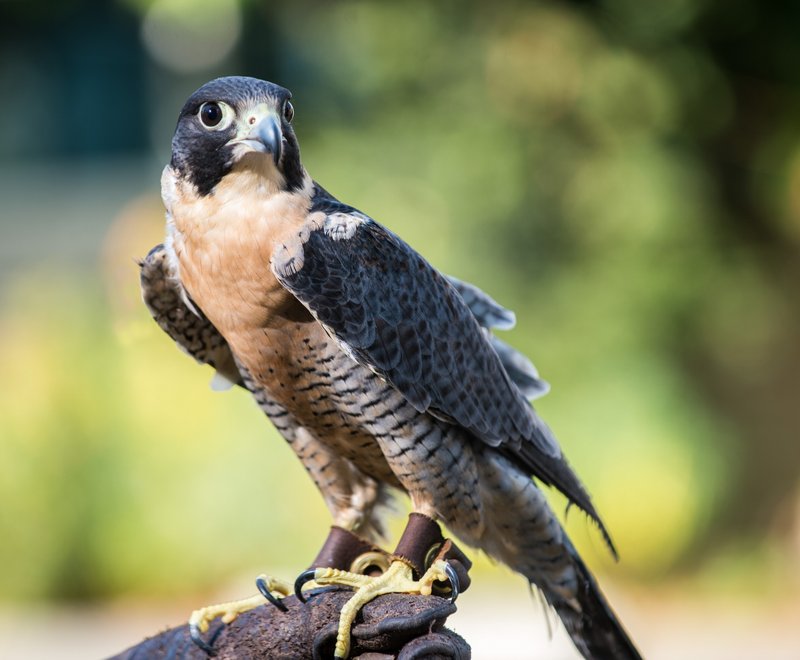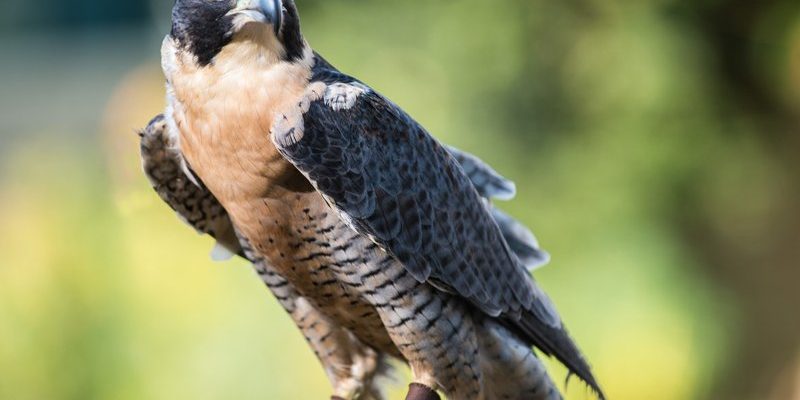
First off, let’s set the scene: you’re outdoors, maybe hiking or birdwatching, and there it is—a peregrine falcon with its sharp eyes scanning the ground below. It’s a majestic sight, but getting too close can be risky—both for you and the falcon. So, let me explain how to appreciate this extraordinary bird responsibly and safely, while ensuring its well-being in the wild.
Getting to Know the Peregrine Falcon
Before we dive into what to do when you encounter one, let’s take a moment to appreciate what makes the peregrine falcon so special. These birds are not only stunning with their slate-blue wings and yellow beaks, but they are also known for being the fastest animals on Earth. They can reach speeds of over 240 miles per hour when diving to catch their prey.
You might be wondering about their diet and habitat. Peregrine falcons usually feast on small birds, which they catch mid-flight. They can be found in a range of environments, from coastal regions to urban landscapes. Yes, they even nest on skyscrapers in some cities! Their adaptability is impressive, making them a fascinating symbol of resilience in nature.
Stay Calm and Observant
If you happen to spot a peregrine falcon in the wild, the first rule is to stay calm. This isn’t just for your sake; it helps the bird feel safe too. *Here’s the thing*: wildlife can sense human anxiety, and quick movements can startle them. So take a moment to breathe and absorb the experience.
Keep your distance. It’s tempting to get closer for that perfect picture, but remember, your presence can be stressful for the falcon. Back away slowly to avoid disturbing its natural behavior. If the bird is perched nearby and seems unbothered, take a moment to appreciate its beauty without encroaching on its space.
Understanding the Falcon’s Behavior
Peregrine falcons exhibit some interesting behaviors that can tell you a lot about how they’re feeling. If a falcon is preening its feathers or scanning the horizon, it’s probably comfortable. However, if it starts to vocalize loudly or takes off suddenly, it may feel threatened.
It’s also common to see a falcon dive or swoop, especially if it believes you’re too close to its nest or territory. If you see this behavior, it’s your cue to move back. Respecting their space is crucial, not just for your safety, but for the conservation of these magnificent birds.
Bring Binoculars or a Camera
One of the best ways to enjoy your encounter with a peregrine falcon is by bringing tools that let you observe without intruding. A good pair of binoculars can enhance your experience, allowing you to see details like their striking facial markings or the way they effortlessly glide through the air.
If you prefer photography, keep your camera with a long lens handy. This way, you can snap shots from a distance without spooking the bird. Remember to appreciate the moment first—sometimes it’s nice to simply watch rather than capture every second.
Documenting Your Encounter
You might want to record your encounter, whether for personal memory or to share with others. Taking notes about what you saw can be really exciting and useful for learning. Jot down the time, location, and what the bird was doing. If you’re familiar with birdwatching, you can even note its specific behaviors and interactions with its environment.
Sharing your experience online can also help spread awareness about peregrine falcons and their conservation. Remember, many people may never have the chance to see one in the wild, so your story could inspire others to appreciate and protect these beautiful creatures.
Respecting Wildlife Laws
It’s essential to familiarize yourself with local laws regarding wildlife encounters. In many areas, it’s illegal to approach or disturb nesting birds, including peregrine falcons. Keeping a safe distance is not just respectful; it’s often required by law to protect their habitat.
Check with local wildlife authorities or conservation groups for guidelines on how to interact with birds of prey. Following these rules helps safeguard the future of peregrine falcons and wildlife as a whole.
Encountering a peregrine falcon in the wild can be an unforgettable experience. By staying calm, observing from a distance, and respecting their space, you’ll not only enjoy the moment but also contribute to the conservation of these amazing birds.
So, the next time you’re out in nature, keep your eyes peeled and your camera ready—just remember to appreciate these incredible creatures from afar. Nature has so much to offer, and every encounter with wildlife is a reminder of the beauty and complexity of our world. Enjoy your adventures, and keep those binoculars handy!

